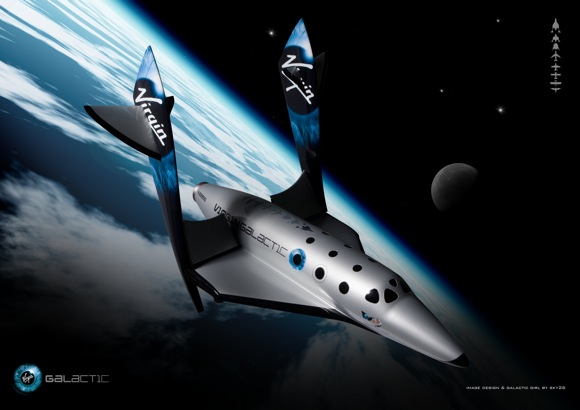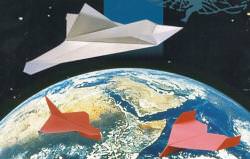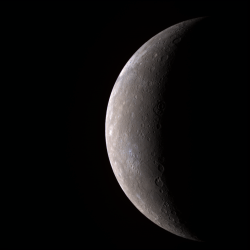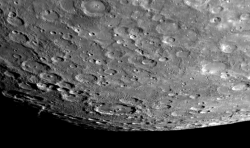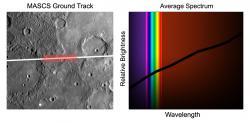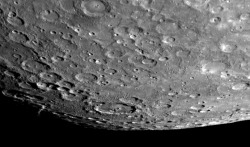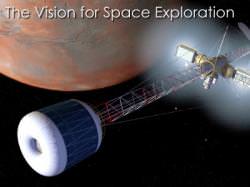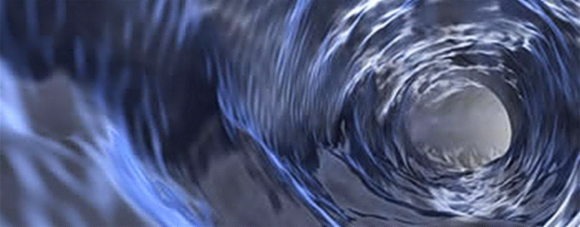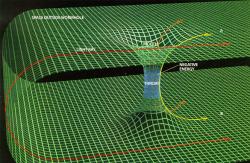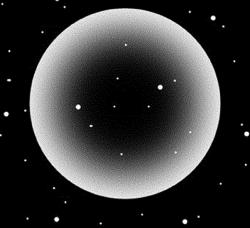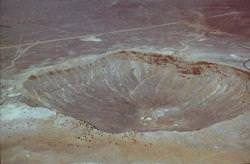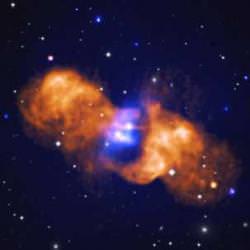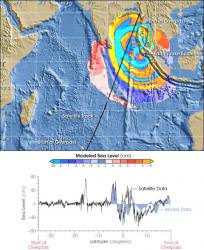Your trip to space is just around the corner now. In the next step in its goal of sending regular folk to space, Virgin Galactic today unveiled the vehicle that’s going to take them there: SpaceShipTwo. The announcement was made today at a press conference at the American Museum of Natural History in New York.
Actually, there were two vehicles revealed today: SpaceShipTwo, which will carry passengers on a suborbital trip into space, and the WhiteKnightTwo carrier.
The design, of course, is based on Scaled Composite’s SpaceShipOne vehicle, which won the $10 million Ansari X-Prize in October 2004.
According to Virgin Galactic, the WhiteKnightTwo mothership is almost complete, and should be ready for testing in summer, 2008. Once completed, it should be the world’s largest all carbon composite aircraft, capable of lifting SpaceShipTwo to high altitude.
Unlike SpaceShipOne, which had room for the pilot and two passengers, SpaceShipTwo will have room for eight paying passengers. Currently, the spacecraft is about 60% complete. Passengers will spent about 2.5 hours in the air, with about 5 minutes of actual weightlessness.
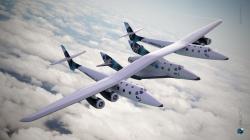
There are some more differences. WhiteKnightTwo has an extra crew cabin; a recreation of the one inside SpaceShipTwo. This will give passengers a chance to experience a little taste of what the complete trip will be like. As part of its flight plan, WhiteKnightTwo spend some time taking a parabolic flight path – like NASA’s vomit comet – to give those passengers a little bit of weightlessness too.
The company says it’s already booked 200 people, with another 85,000 registrations of interest to fly. In fact, 80 of SpaceShipTwo’s potential passengers have already been through medical assessment and centrifuge training at a special facility in Philadelphia.
Sir Richard Branson, Founder of Virgin Galactic, was, of course, bubbling and enthusiastic in the press release: “The designs of both the mothership and the new spaceship are absolutely beautiful and surpass any expectations for the future of commercial spaceflight that we had when first registering the name Virgin Galactic in 1999. Burt and his team have done a fantastic job and I am also delighted with the wonderful vision that Foster and Partners, working with URS, have shown in the final designs for Spaceport America in New Mexico. Finally, we are all very excited about the prospect of being able to develop a bio-fuel solution for the space launch system and we are looking forward to working with Pratt and Whitney and Virgin Fuels to trial an appropriate bio mix for the PW308A engines that will be powering our new carrier aircraft.”
If all goes well, the first passengers will blast off on their suborbital journey in 2009.
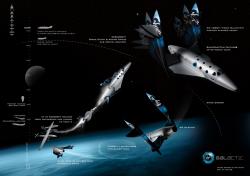
Here’s a special treat. You can access all the press images if you like, to see all the different photographs released today.
Original Source: Virgin Galactic

